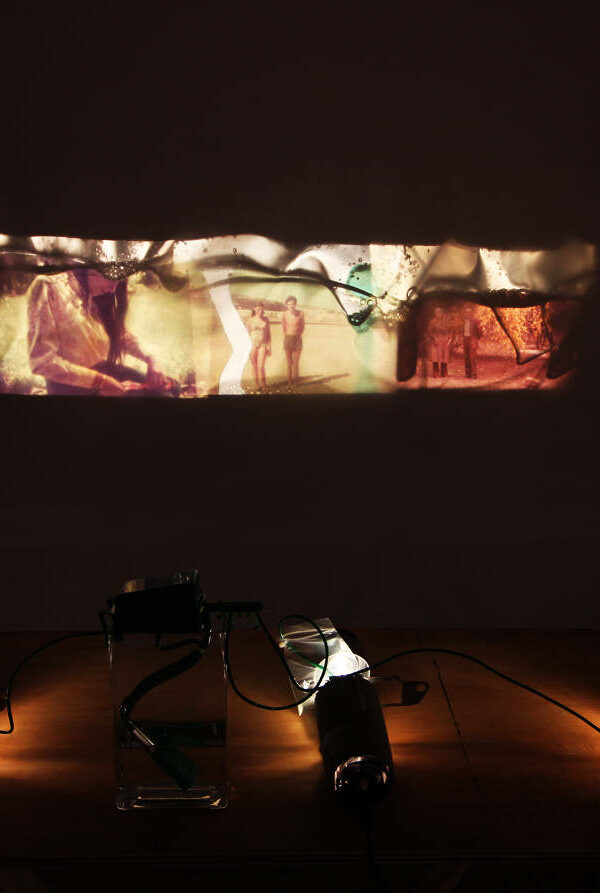La Carencia
Fun Facts of Movie
The temporality, the ephemeral, the disintegration, the disappearance, and memory are present in this work. The photographs depict happy moments captured by all: holidays, birthdays, family gatherings, portraits, and landscapes. The slides contain anonymous family material that has been found. The work involves appropriating discarded material, which is exhibited and then completely destroyed. As the viewer walks through the exhibit, they project themselves onto these familiar images. A complex situation emerges, where the viewer’s intimacy competes with their closeness to the images, while also experiencing the strangeness generated by the distancing of the device. González Requena, in the text «Introducción a una teoría del espectáculo», states: «Distance, therefore, as a constitutive element of the spectacle, reveals itself to us as the trace of a lack, that of the denied body of the spectator, who, reduced to a gaze, surrenders to the contemplation of another body, this time affirmed (in its exhibition) and therefore fascinating.» The work introduces a rupture when these images, as static as memories themselves, unaware of the passage of time, begin to fade away organically. The viewer experiences this destruction firsthand, witnessing an irreversible process that immortalizes a memory in a form that will never exist again.
…not every transformation is immediately susceptible to interpretation,» says Glusberg, adding, «The exchange value that an alteration of the body represents transcends the framework of its isolated representation: if, through a gesture, a frozen system of behaviors is transgressed, one is simultaneously challenging the stereotyped representations of the world of socially approved actions. But this goes beyond: conventional attitudes, when transgressed, put cultural apparatuses into crisis: they, as they propose rituals of behavior, are exposed in their regulatory function.» From this, an ethical analysis emerges related to the appropriation of another’s memories and their imminent destruction. Only three images are part of the work, but by their very movement, they invite reflection.
The slides are covered with plastic. Requena associates plastic with electronic bodies that lack odor and texture and seem immune to the traces of time. But something fails, and that hermetic container leaves a place open for forgetting to be inevitable. Memories, as a vital part of our lives, fade away.
La Carencia presents a reflection on memory, time, and the fragility of constancy. An external act disrupts the system of these three concepts, generating an unstable image that will soon reach its definitive disappearance. The images are portrayed as powerful holders of memory, a utopian retention because the intervention of time permeates everything. They exist between materialization and dematerialization, inviting analysis into the impossibility of reducing time and memory to a static image.



